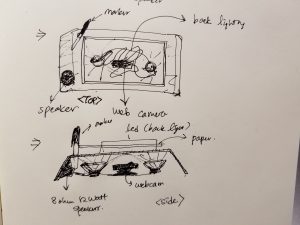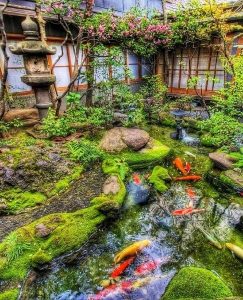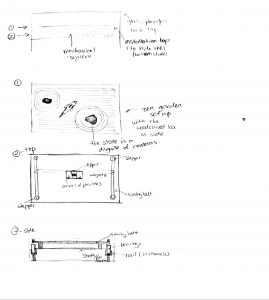Hey!
Office Hours today from 3:30 to 7:30 in the phys comp lab! Come ask me questions and visit my robot friends!
-Sydney
Introduction to Physical Computing
60-223 Fall 2017
Hey!
Office Hours today from 3:30 to 7:30 in the phys comp lab! Come ask me questions and visit my robot friends!
-Sydney
Piccadilly Circus billboard uses recognition technology to deliver targeted adverts
“A new digital billboard in London‘s Piccadilly Circus uses recognition technology to display targeted advertisements based on the make of passing cars, and the gender and age of pedestrians.
[…]”
Check this out, it’s a really cool mechanical art/sculpture made out from LEGO blocks.
http://www.tested.com/art/lego/556347-watch-lego-sisyphus-kinetic-sculpture/
The idea that I want to portray with my project is general apathy/undirectedness being a detriment. The way I want to show this is by creating a robot that has clear goals to move to, but without outside intervention it move very lethargically, making random detours or stopping and is generally not very motivated.
However, motivation is not impossible to find, so if a viewer was to wave near the robot/nudge it in the right direction, it gets to where it needs to be faster.
Obviously as I prototype, this is very subject to change
The first thing I’ll need to get working will be tracking the targets, because that is the most complex part and if it doesn’t work well, I’ll need time to come up with some other strategy. Then making the robot, and making it move to the targets, integrating the stimulus, and then allowing for multiple targets and signifying which one is active.
Below is a pdf of my final project proposal.
Concept:
A box-like music visualizer and music player that uses LEDs and mirrors t0 create a a visual representation of music. Users will be able to interact the with the device by changing the colors of the lights as well as being able to use headphone jack enabled devices to select the music being visualized.

Hardware:
Software:
Order of Construction and Testing:
Concept 01
My concept is to create a timepiece that reveals the qualitative fluidity of time passing. The form and interaction will be inspired by an hourglass. I want the series of pieces to be able to respond to each other and spark a chain reaction of movement. This will be done using a changing balance in weight.
Concept 02
Create an hourglass that can change the timer amount. When a certain amount of time is chosen, the hourglass can accurately adjust the amount of sand that is needed. The intention is for the interaction to be very physical.
SooJin Sohn – DRAW YOUR MUSIC (Proposal – Draft 1)


The core objective of this project is to explore the possibilities in conversion of media through user interaction. This project is designed to capture and scan a hand-drawing on a piece of paper, translate the coordinates of the drawing into musical notes.
Not shown in class, a guide to making mechanical automata. I think many of these could be made on a laser cutter or 3d printed.
Multiplexers, shift registers, and how to read a data sheet
The Arduino Playground guide the 4051, including the spiffy Arduino bitRead() call.
Instructables page on how to use the 74HC595 shift register.
The Sparkfun guide to reading a data sheet.
An interactive toy that passes “the tigoe test”
Paro, an interactive therapeutic robotic toy, now used in treatment for a variety of mental health problems.

This project is going to be a installation for the size about a side table/coffee table. The top of the installation would be in glass/clear acylic where things can be put on like a real coffee table.
The table installation would be able to interact with different objects been put on the table based on the temperature. The koi fish would swim in a random pattern (similar to a real koi fish). When someone sits at the table and put something on the table top, if the thing is hot like coffee or tea, the koi fish will swim away from the object. If the thing is cold, like soda or snacks, the koi fish will swim towards the project, and swim around for a while.
Personally, I am very fond of the east asian style gardens (Chinese and Japanese). The project is to make the living room more interesting for people that doesn’t have enought space or time to take care of a koi pond garden. Kind of like the idea of karesansui,the Japanese Zen Garden, which is very artistic and easier to take care of. In the modern urban settings, it is really hard to have a big enough tank/pond body of water for actual koi fishes. However, a koi pond that does not require water or big space would be ideal.

Hardware:
Software:
Order of Construction and Testing: